Letters to the Editor from the November 2015 issue.
From: John Fisher, Bromley
re: Memorable Ships by Commodore Ian Gibb June 2015
I refer to his very interesting article, The Zwarte Zee and the Dutch Connection.
As a lifelong tug lover, I was fortunate to sail with my father on a day trip in 1944. The trip was on a twin funnelled tug named Lady Brassey. She was operated by the Dover Harbour Board and had escaped to England from Europe before 1939. Apart from her two funnels she had a very shallow draught, twin screws and was steam driven.
Could she have been built by Smit Tugs, as she resembled Zwarte Zee (2), 572 grt, built in 1906? The Lady Brassey had a very active time during hostilities.
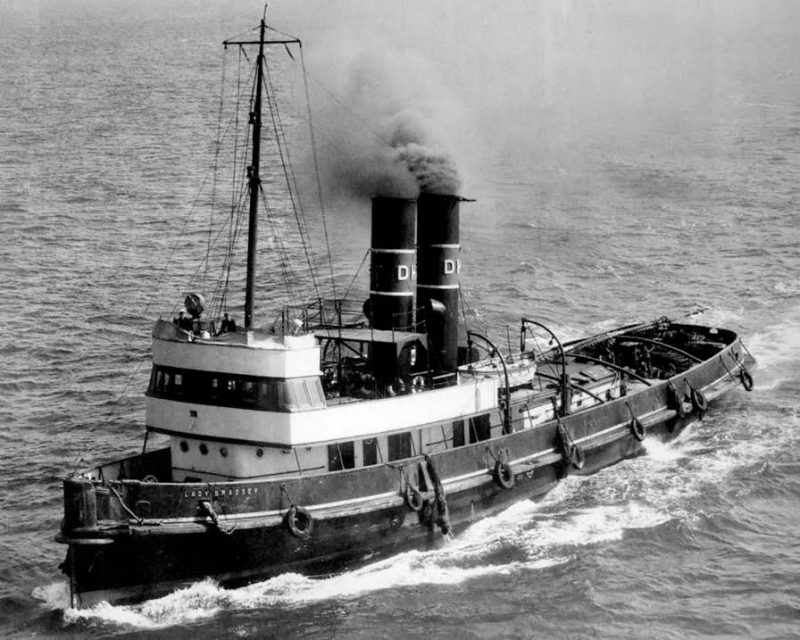 Editor’s note: The 362grt Lady Brassey (above) was built in 1913 by J. P. Rennoldson at South Shields for the Dover Harbour Board. She survived until 1958 when she was broken up at Rotterdam, arriving there on 28th November.
Editor’s note: The 362grt Lady Brassey (above) was built in 1913 by J. P. Rennoldson at South Shields for the Dover Harbour Board. She survived until 1958 when she was broken up at Rotterdam, arriving there on 28th November.
From: Joseph Teesdale, Dunmore East, Waterford
I am a regular reader of your magazine on which I must send you and all of your team my compliments.
One of my old school masters has asked for help in identifying the ship in the photo below. His origins are Swedish and his grandfather was a sailmaker in the days of the sailing ships, and although this ship is obviously an early steamship, he feels sure that this ship would have been a vessel that his ancestor actually served on, and would be most grateful if she could be identified.
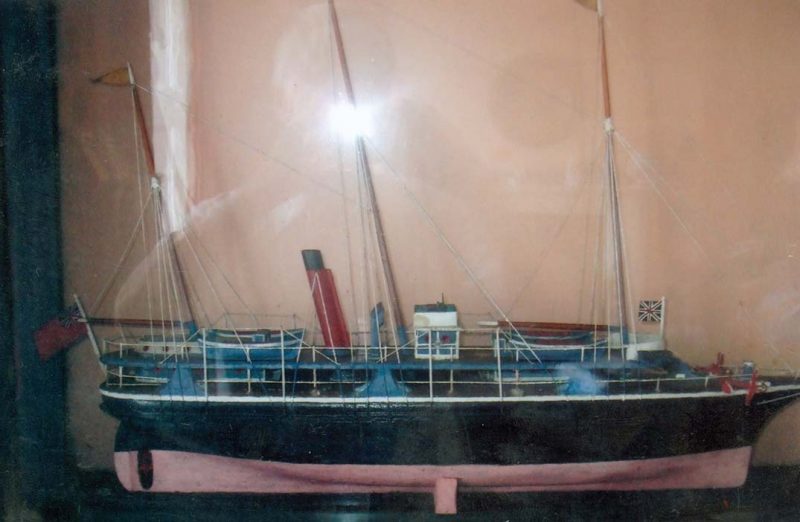 Please reply to the editor at editor@shippingtandy.com if you are able to assist this reader in identifying the ship.
Please reply to the editor at editor@shippingtandy.com if you are able to assist this reader in identifying the ship.
From: Chris Pownall, by e-mail
I have recently returned from a cruising holiday, which included three ports of call in Iceland. One of the places visited was Isfjordur, which was once a centre for whaling activities. Whilst strolling around this sleepy little town, I stumbled across a couple of historic marine propellers that were on public display. One was mounted on a steel frame and a plaque provided details that it was once the fixed pitch propeller from an old whaling ship named ‘Es ASGEIR LITLI’. The vessel was built in 1890 and scrapped in 1915.

Attached photograph No 1 is of the original ship. Photo No 2 is of the propeller mounted on its frame, and photo No 3 is of the bronze plaque attached to the supporting frame.
Further along the pavement there is an early version of a variable pitch propeller, which were very popular with long haul fishing trawlers. The blade rotating mechanism is housed in the propeller boss, and this is activated by means of a hydraulically powered shaft located concentrically inside the propulsion shaft. Photo No 4 shows the propeller and shaft assembly plus a set of helical gears, which presumable formed part of the shaft drive mechanism.
Photo No 5 shows details of a stainless steel shaft sleeve, which formed part of the stern gland sealing arrangement, and clearly shows where the gland packing rings have worn the sleeve following many years in service.
As a 71 year old ex marine engineer who served with the Blue Funnel Line in 1967, and followed this with a 40 career with the James Walker group who manufacture a wide range of gland packings, including stern gland packings, these two pieces old maritime artefacts, brought me much pleasure on a sunny day in Isfjordur.
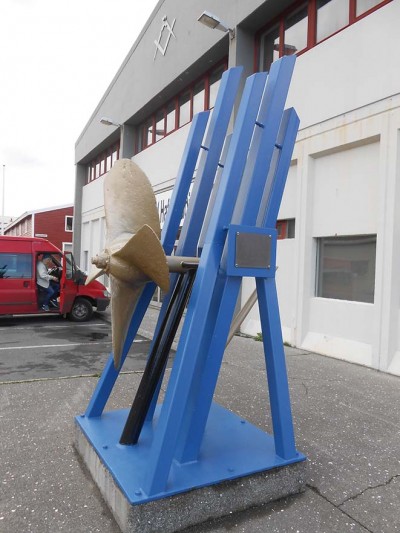
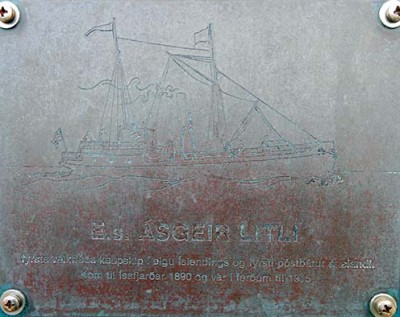
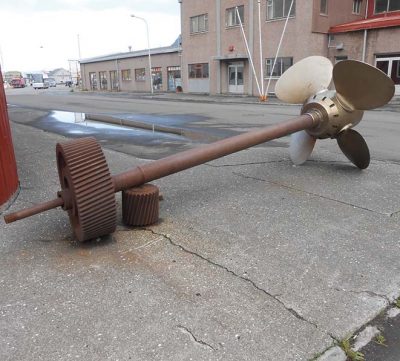

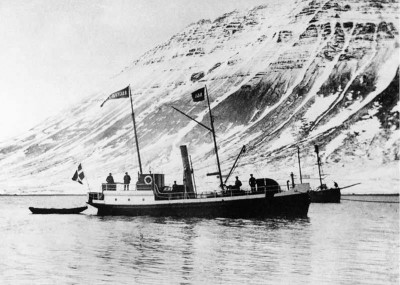
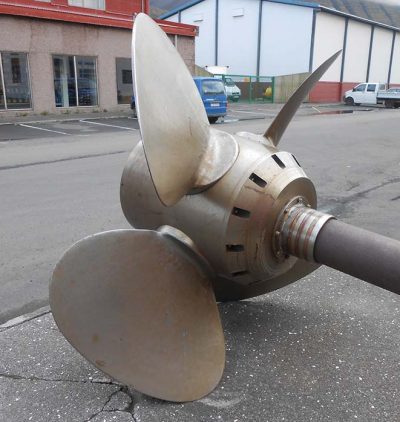
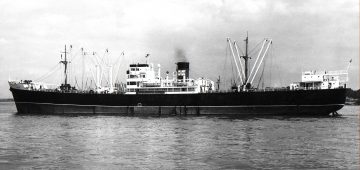

Comments
Sorry, comments are closed for this item